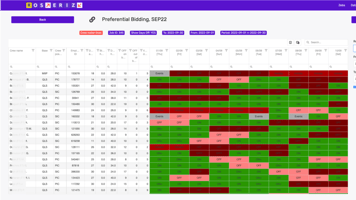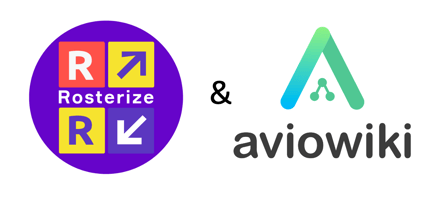Within a month, Rosterize accelerated the optimal rostering for pilots with flexible schedules...
World Aviation Festival 2022: Insights, Trends, Wonders, Disappointments
On October 4-6, 2022, Rosterize proudly participated in the World Aviation Festival in Amsterdam.
Meeting industry experts and establishing new connections for the business was an exciting and long-awaited experience. Events of this scale also help understand the industry's most actual demands. So by participating, we got an insightful overview that helped us share the most crucial tendencies in the aviation business.
World Aviation Festival 2022: the highs and the lows
It took too long for professional exhibitions to relaunch in Europe – everyone was happy to see one another after these years.
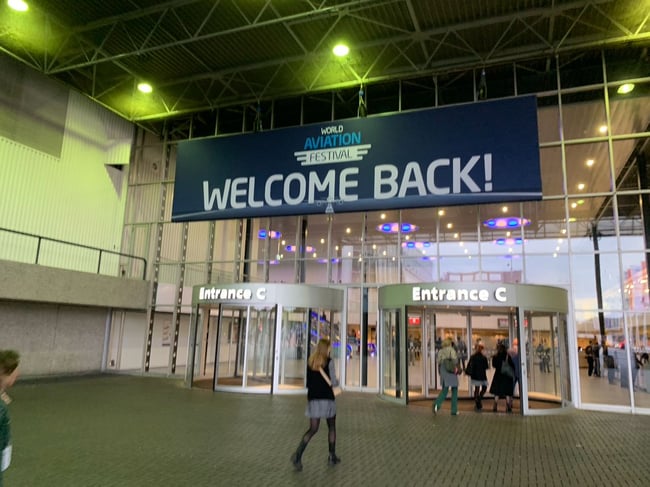
As often happens at international events, the organization of the World Aviation Festival was not flawless: some stands were empty, and the navigation was confusing. The networking app had issues delivering the messages, so some of my meetings got canceled — a disappointing experience.
Regardless of that, the Festival gave a great platform for discussion, validation, and representation. So as we overview the passed event, we are looking forward to participating in the World Aviation Festival 2023.
Most discussed topics in the WAF 2022
The highlighted topics for this year’s festival were travel experience, fuel efficiency, carbon emissions, and contactless environments in airports.
One of the most discussed topics were disruption in aviation, flight delays, and cancelations. Automating reimbursement programs, food vouchers, and other preventive steps were suggested as a solution. I was impressed by the research that more sustainable results come from proactivity in reimbursements. While hoping passengers don’t show up for compensation is not justified by the hazard of international regulations.
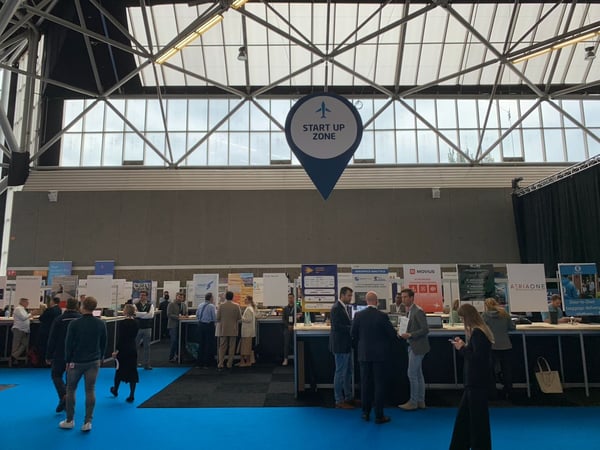
Although I admit that being slightly outside of our professional area, some of the most discussed topics were also related to the main developments of Rosterize.
The lack of crews is another problem to address through planning optimization and automation as a preventative step. When flights are canceled or delayed due to a crew shortage, scenarios become predictable and thus allow us to influence the user experience and avoid accumulated stress situations. This is one of the core scenarios of Rosterize for airline crew management systems.
The enhancement of the ticket-buying experience is another pressing concern. Some of the technologies are real breakthroughs. This was especially interesting for us, as we were looking for a ticket sales provider to implement in our new scenario for Rosterize.
What did Rosterize present?
At WAF, we focused on presenting and building partnerships for the new scenario of Rosterize. Making a step forward to optimize ticket bookings for deadheading will sufficiently improve fleet utilization.
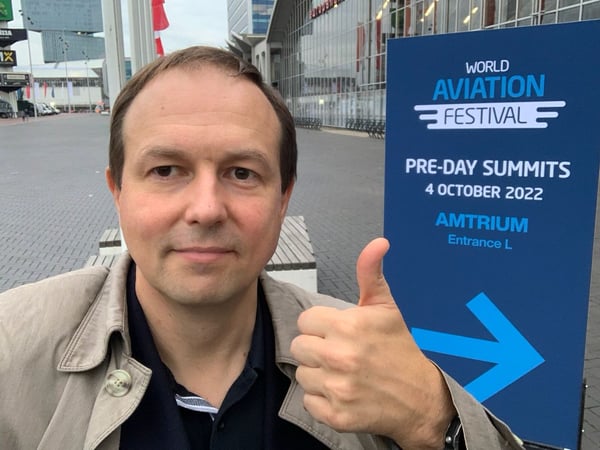
The so-called floating fleet concept allows following the assigned route without returning to the base and thus raising the efficient flight time. However, in this case, pilots’ availability should be aligned to the airport of departure, and most of the time, cabin crews should be flown over. We aim to automate the operations from crew assigning to booking the tickets with our new scenario. This approach is a significant step toward the Uber-ization of aviation operations.
At first, we developed the floating fleet scenario for business aviation. However, we quickly understood that civil aviation also shows demand and interest for such a solution. It directly contributes to sustainable operations by making them more stable and less dependent on a human factor.
Our inspiration
One of the most exciting trends I noticed on the WAF was that most services are vivid SaaS products, and all the most impressive and progressive solutions I came across are built on cloud services. A scene like that would have been unimaginable a few years ago. It seems like airlines have finally started putting trust in cloud data to be competitive in the market.
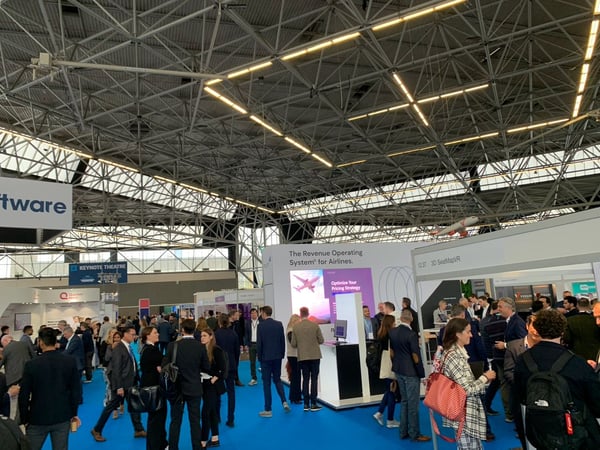
We compete in a biased market. Why do innovations encounter opposition? Why are crew planning optimization tools still based on manual operations? Until now, traditional techniques were still influential in the industry, where safety is a delicate issue. But the world is turbulent and mobile. New solutions must meet the highest safety standards by being accurate and cost-efficient. The succeeding leaders of the aviation business will ride out the innovation.

